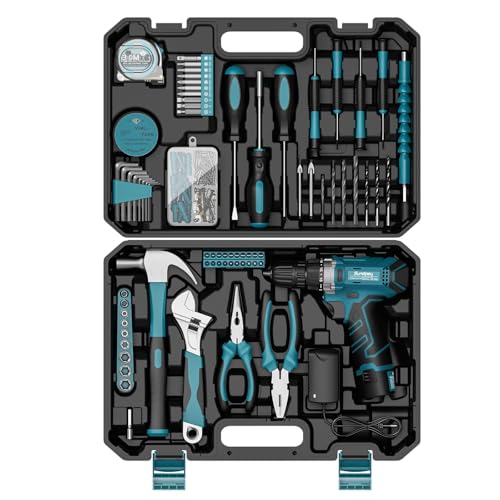YeGolf
***
I have 61 mi daily commute.
In most cases I need to charge my car (eGolf 2017) every second day.
Of course more convenient will be charging on DC charger. But how really bad is it.
Did somebody here been charging car mostly on DC?
I read some articles about charging Nissan Leaf on DC and AC chargers. And battery that was charged with DC lost about 2-3% more capacity after 63000 miles. For me it's seems not so bad.
Also what will be better for buttery daily charging on DC and keep the battery charged in (25%-75%) or every second day with AC and (15%-95%).
In most cases I need to charge my car (eGolf 2017) every second day.
Of course more convenient will be charging on DC charger. But how really bad is it.
Did somebody here been charging car mostly on DC?
I read some articles about charging Nissan Leaf on DC and AC chargers. And battery that was charged with DC lost about 2-3% more capacity after 63000 miles. For me it's seems not so bad.
Also what will be better for buttery daily charging on DC and keep the battery charged in (25%-75%) or every second day with AC and (15%-95%).

































